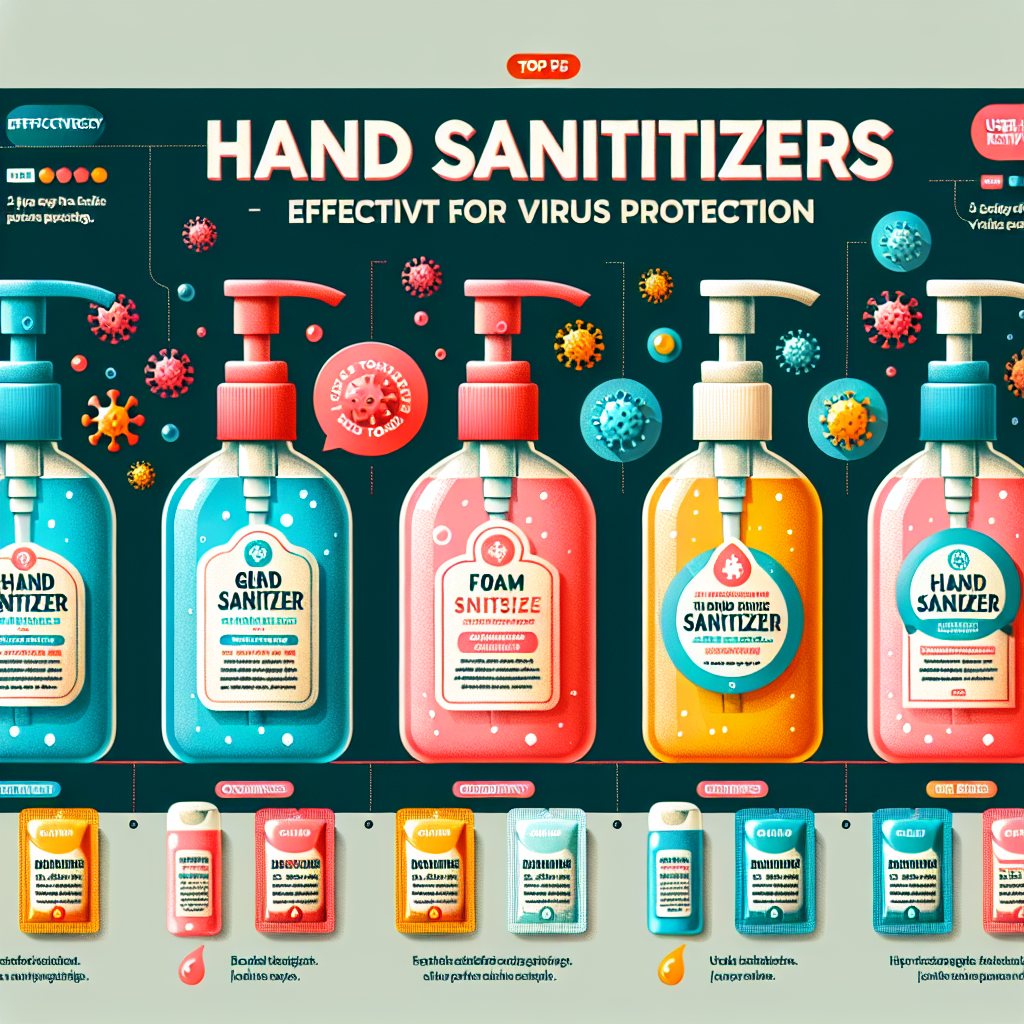Can antibiotics treat viral infections?
In the realm of medicine, the distinction between viral and bacterial infections is crucial for effective treatment. Many patients often mistake antibiotics, which are designed to combat bacterial infections, as a cure-all for any infection. This misconception can lead to inappropriate use of antibiotics, contributing to the global issue of antibiotic resistance. Understanding how these two types of pathogens differ and how they respond to treatments can empower patients and healthcare professionals alike to make informed decisions about health care.
Understanding the Difference Between Viral and Bacterial Infections
Viral infections are caused by viruses, which are tiny infectious agents that can only replicate within the living cells of a host. These pathogens include well-known examples such as the influenza virus, HIV, and the novel coronavirus (SARS-CoV-2). Viruses rely on hijacking host cells to reproduce, leading to a range of symptoms and health complications. Since they do not have cellular structures, viruses require a fundamentally different treatment approach compared to bacteria.
Bacterial infections, on the other hand, are caused by bacteria, which are single-celled organisms that can live independently. While many bacteria are harmless and even beneficial to human health, some can cause diseases such as strep throat, tuberculosis, and urinary tract infections. Bacterial cells possess unique structures and functions, allowing them to be targeted effectively by antibiotics. Understanding this distinction is crucial for diagnosing infections accurately and determining the appropriate treatment.
The symptoms of viral and bacterial infections can often overlap, leading to confusion. For instance, both types of infections can present with fever, cough, and fatigue. However, the underlying mechanisms and treatment strategies differ significantly. A proper diagnosis, often facilitated by healthcare professionals, is essential in distinguishing between these two types of infections and prescribing the right course of action—whether it’s supportive care for viral infections or antibiotics for bacterial ones.
How Antibiotics Function Against Bacterial Pathogens
Antibiotics are powerful medications specifically designed to treat bacterial infections by targeting various bacterial functions and structures. They can inhibit cell wall synthesis, interfere with protein synthesis, or disrupt nucleic acid metabolism, ultimately leading to the death of the bacteria or inhibiting their growth. This targeted mechanism is what makes antibiotics effective against bacteria but ineffective against viruses, which lack the structures antibiotics target.
Different classes of antibiotics have varying mechanisms of action. For example, penicillins target the bacterial cell wall, while tetracyclines inhibit protein synthesis. The specific choice of antibiotic will depend on the type of bacteria involved and its susceptibility to certain drugs. It is crucial that antibiotics are used judiciously to prevent the emergence of antibiotic-resistant bacteria, which poses a significant public health threat.
In recent years, the overprescription and misuse of antibiotics have led to increased resistance. As bacteria adapt and evolve, they may develop mechanisms to withstand the effects of antibiotics, rendering them less effective or even useless. This concerning trend underscores the importance of using antibiotics only when necessary and under the guidance of a healthcare professional, ensuring that these vital medications can continue to work when truly needed.
Common Misconceptions About Antibiotics and Viruses
One of the most prevalent misconceptions is that antibiotics can treat any infection, including those caused by viruses. This misunderstanding often leads individuals to seek antibiotics for conditions like the common cold or flu, which are viral in nature. Taking antibiotics for viral infections not only fails to alleviate symptoms but can also contribute to antibiotic resistance, making bacterial infections more difficult to treat in the future.
Another common myth is that antibiotics can prevent viral infections. Many people believe that taking antibiotics at the first sign of illness can protect them from illness, a notion that is not supported by scientific evidence. Vaccination remains the most effective method of preventing viral infections, especially for those that pose significant health risks, such as influenza and hepatitis. Unfortunately, some individuals may overlook vaccines in favor of antibiotics, further perpetuating the cycle of misinformation.
Additionally, the belief that all antibiotics are safe and can be used interchangeably is misleading. Different antibiotics are designed to target specific types of bacteria, and using the wrong antibiotic can have unintended consequences, including side effects and the development of resistance. Education and awareness about the appropriate use of antibiotics are essential to combat these misconceptions and promote better health outcomes.
The Role of Antiviral Medications in Treating Viral Infections
Unlike antibiotics, antiviral medications are specifically designed to target viruses. They work by inhibiting viral replication, preventing viruses from multiplying and spreading within the host. Antivirals can target various stages of the viral life cycle, including entry into cells, genome replication, and assembly of new viral particles. This targeted approach makes antiviral drugs an essential component in the management of viral infections.
Common antiviral medications include those used to treat influenza, herpes viruses, and HIV. For example, oseltamivir (Tamiflu) is an antiviral that can reduce the severity and duration of influenza if taken early in the course of the illness. Antiretroviral therapy (ART) for HIV has transformed the prognosis of those living with the virus, allowing individuals to lead healthy lives. Just as with antibiotics, the timely use of antiviral medications is critical for achieving the best possible health outcomes.
However, it is essential to note that not all viral infections have available antiviral treatments. Conditions like the common cold are largely self-limiting and do not currently have specific antiviral therapies. Supportive care, such as rest, hydration, and symptom management, remains the primary approach for managing such infections. Ongoing research into the development of novel antiviral medications continues to be a focal point in combating viral diseases and enhancing treatment options.
In conclusion, the distinction between viral and bacterial infections is fundamental to understanding the appropriate use of antibiotics and antiviral medications. Antibiotics are effective against bacterial pathogens but have no impact on viral infections, which require different treatment strategies. Misconceptions surrounding antibiotic use can lead to harmful practices and contribute to antibiotic resistance, making education essential. As the medical community continues to advance in the understanding of infections and their treatments, both patients and healthcare providers must remain vigilant about the appropriate use of all medications—leveraging antivirals where necessary and reserving antibiotics for bacterial infections to ensure the longevity and effectiveness of these vital treatments. For further reading, you can visit CDC: Understanding Antibiotic Resistance, WHO: Antimicrobial Resistance, and Mayo Clinic: Viral vs. Bacterial Infections.
Top hand sanitizers for virus protectionSeasonal flu vaccine effectivenessLatest research on virus transmissionRelevant LinkRelevant LinkRelevant Link













